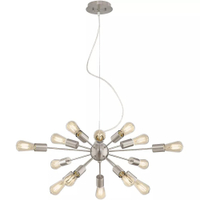These 7 Feng Shui rules for living rooms convinced me to completely re-think my space's layout
Follow these living room Feng Shui tips for a layout that may bring positive vibes into not only your home, but also your life
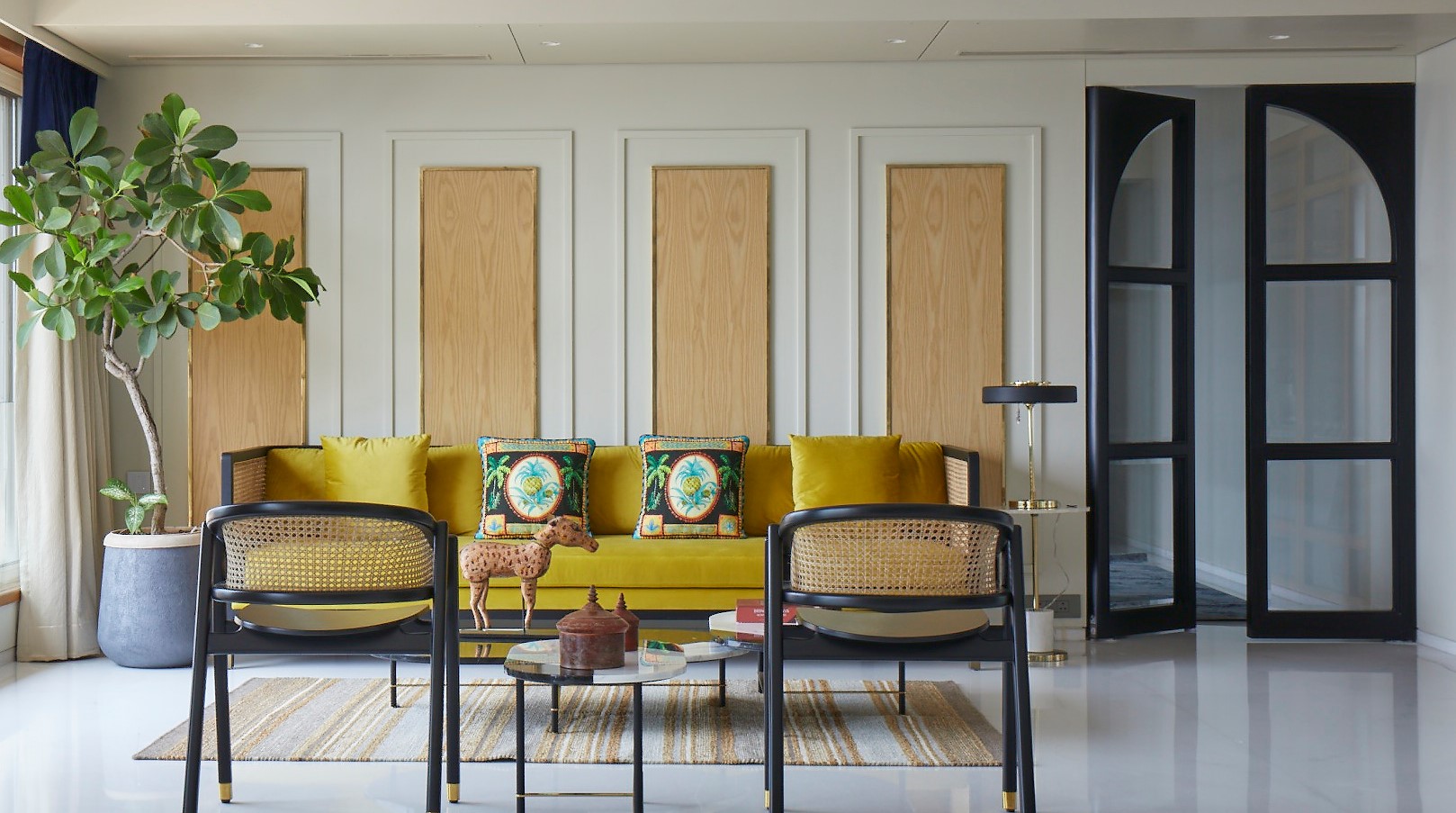

Implementing living room Feng Shui techniques can improve the mood of your home, and even give a complete energy makeover to spaces. At its heart, the ancient science hinges on the concept of qi; a life force or energy flow. This energy is said to uplift the happiness, peace, and prosperity quotient of the house and its members.
'Feng Shui is about space and the effect the space has on people,' says Feng Shui expert Master Boon Yap. 'Many people may not be aware that space is much more than just the visual (what one can see) but the energy that resides in it. Traditional Chinese Feng Shui is a knowledge that determines the nature of these energies and practices that knows how to use this energy effectively. Inside a home, the visuals account for about 25% of the energies.'
It's these common Feng Shui principles that most inspired me to re-think my own modern living room ideas. Here are the seven I think you need to know about.

Aditi is a homes writer and editor with several years of experience. Her articles, backed by expert insights, offer suggestions aimed at helping readers make the best home design choices. For this article, she spoke to several designers to understand how to divide a room with furniture.
7 Feng Shui rules to consider for your living room
1. Design your living room to suit your lifestyle
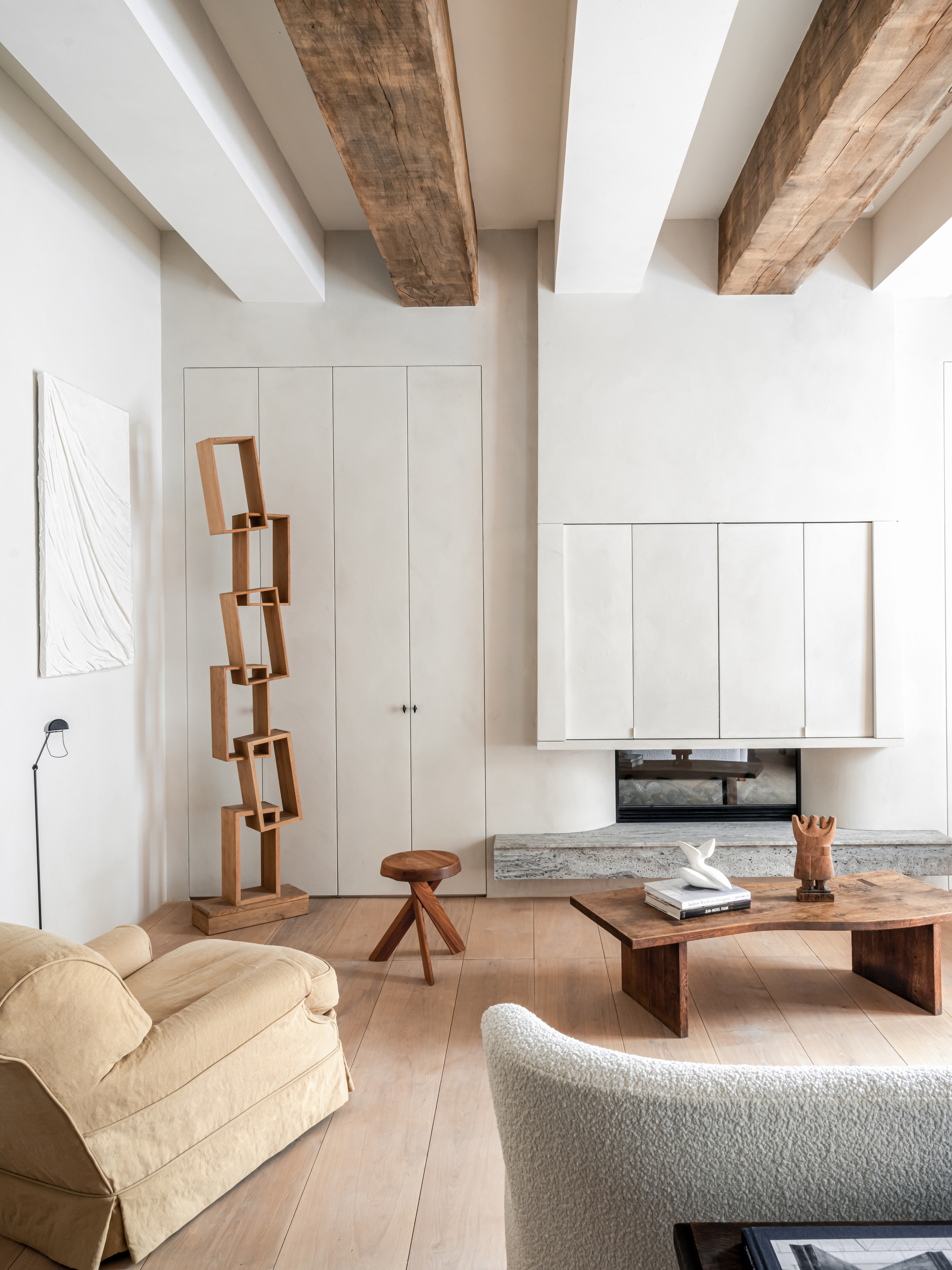
When it comes to deciding on your living room layout, before you decide on the Feng Shui rules, remember to design it first as per your lifestyle needs.
'First, determine how you want to use your living room – to have a quiet moment to relax or a place of active family interactions?' asks Feng Shui specialist Master Boon. 'If for relaxation, set out the furniture and decor, and choose living room colors that soothe and give you a sense of ease and relaxation. Make sure your path flows without obstruction. For your favorite sofa spot, ensure your visual space pleases with your favorite view and items. If your living area is where kids play or family interact, make it cheery and joyful. But in all cases, avoid clutter.'
'A simple and straightforward tip is having the living room reflect the kind of social life you want,' says Feng Shui consultant Anjie Cho. 'If you want a quieter life, then set the room in the back of the house, and have just enough seating for the people who live in the home. Today, however, I see a major trend with people socializing a lot more at home. They want to build more friendships and community. For that, have a more generous living room. Bring in more seats than the number of family members. Set the intention to invite more people by creating an energetic, positive space that invites deeper friendships. Also, consider adding a large table, so people can engage in conversations easily.'
2. Create a 'sitting circle'
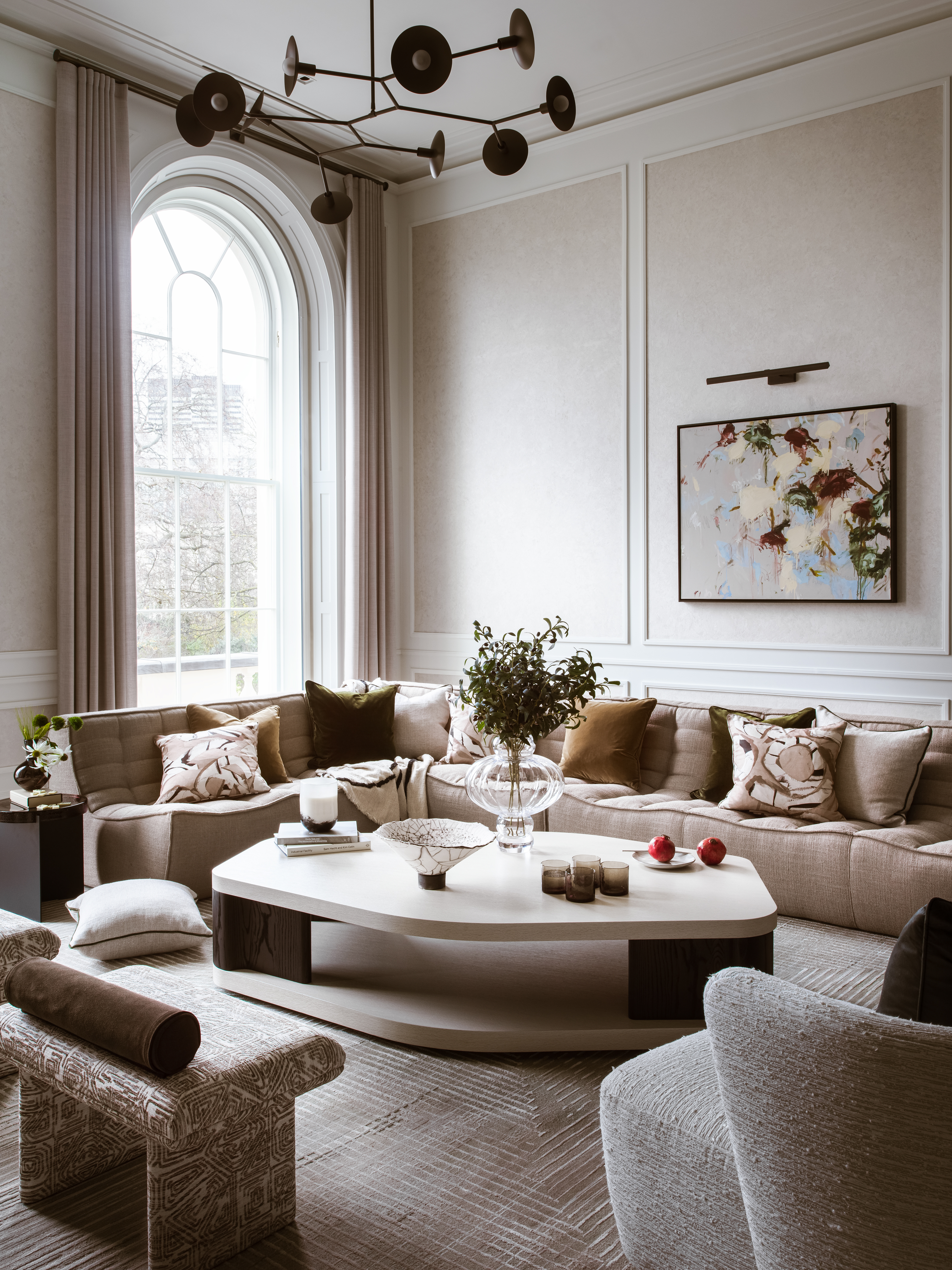
'Create a sitting circle where the furniture is arranged as if every seat is filled and everyone can see and easily talk to each other,' says Feng Shui and healthy lifestyle designer Karen Carter. 'This will also help create a cozy living room. Avoid the 'odd man out' or 'time out' chair in the corner. In other words, make the furniture work with each other rather than pushing all furnishing against whatever walls there are. It is okay to have space behind some furniture to work the sitting arrangement.'
'Another thing to keep in mind is to place at least the front legs if not all of the chairs/couches on the rug,' says Karen. 'Avoid the 'magic carpet ride' for the coffee table as this setup makes the room feel less cozy and will create a condition where communication is more difficult.'
3. Place the couch against the wall
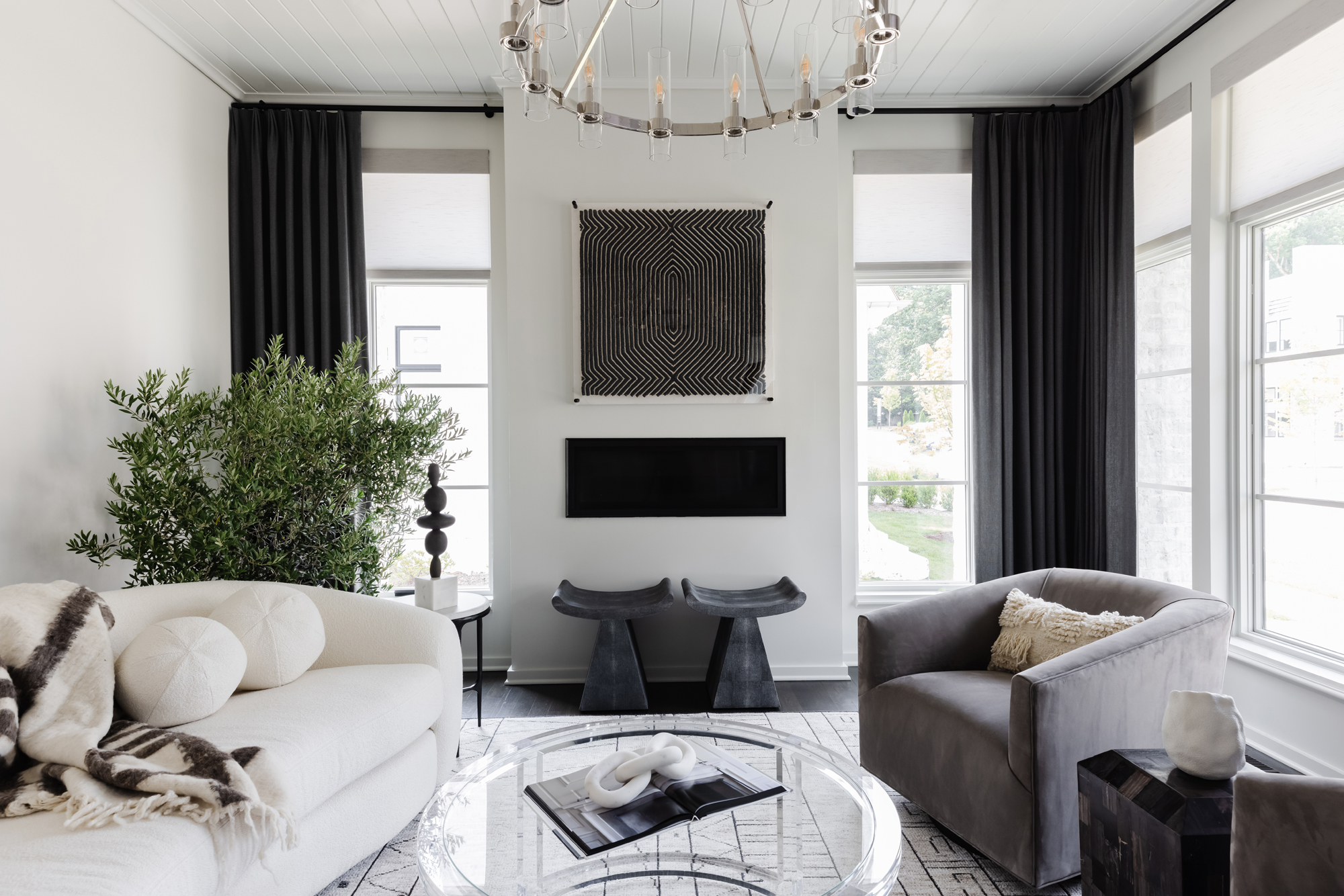
When it comes to living room sofas, remember that the main couch should be in a commanding position, just as you position the bed in a bedroom. Place it against the most important, immediately visible wall and accent the wall behind it.
'The sofas should be placed with the backs against the wall,' says Henry Fong, founder of Absolutely Feng Shui. 'If not possible, then the sofas should have higher backs to provide support.'
'Avoid giving that strong position to the television or avoid having the couch back exposed to hallways, as this makes people feel more anxious and vulnerable,' says says Karen. 'Also, place the TV straight ahead of the couch when you are sitting,. Avoid having to crane your neck to see it hung high (as people often hang their TVs above the fireplace creating the front row of the movie theater arrangement). The same goes for art. Hang it straight in line with the eye or lower.'
4. Consider plants with heart-or-round shaped leaves
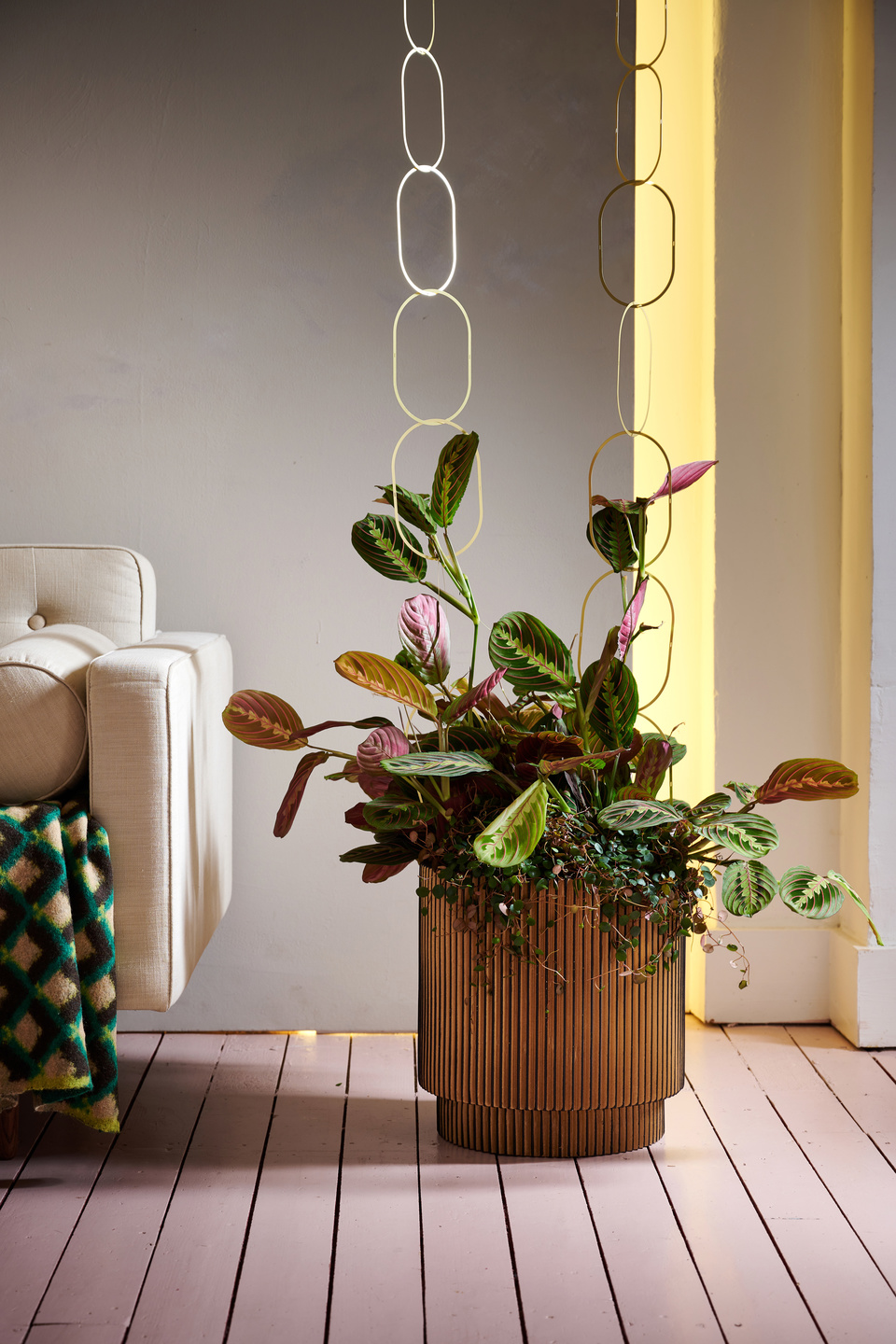
When looking for the ideal Feng Shui plants for the living room, choose ones that are lush, leafy, and can positively affect you. 'In the case of Feng Shui, it is recommended to bring in rounded leaf plants, and to avoid spiky plants and cacti,' says Feng Shui expert Gary Hawkes.
Plants also bring in natural elements to a space and help growth and vitality. They breathe life into a room. Ones with rounded leaves, like jade, golden pothos, and lucky bamboo plants are ideal. Go for soft, lush plants with feathery leaves rather than anything sharp or pointy.
Choose this prayer plant or maranta plant and add some color and texture to your living room or bedroom.
5. Add the five elements
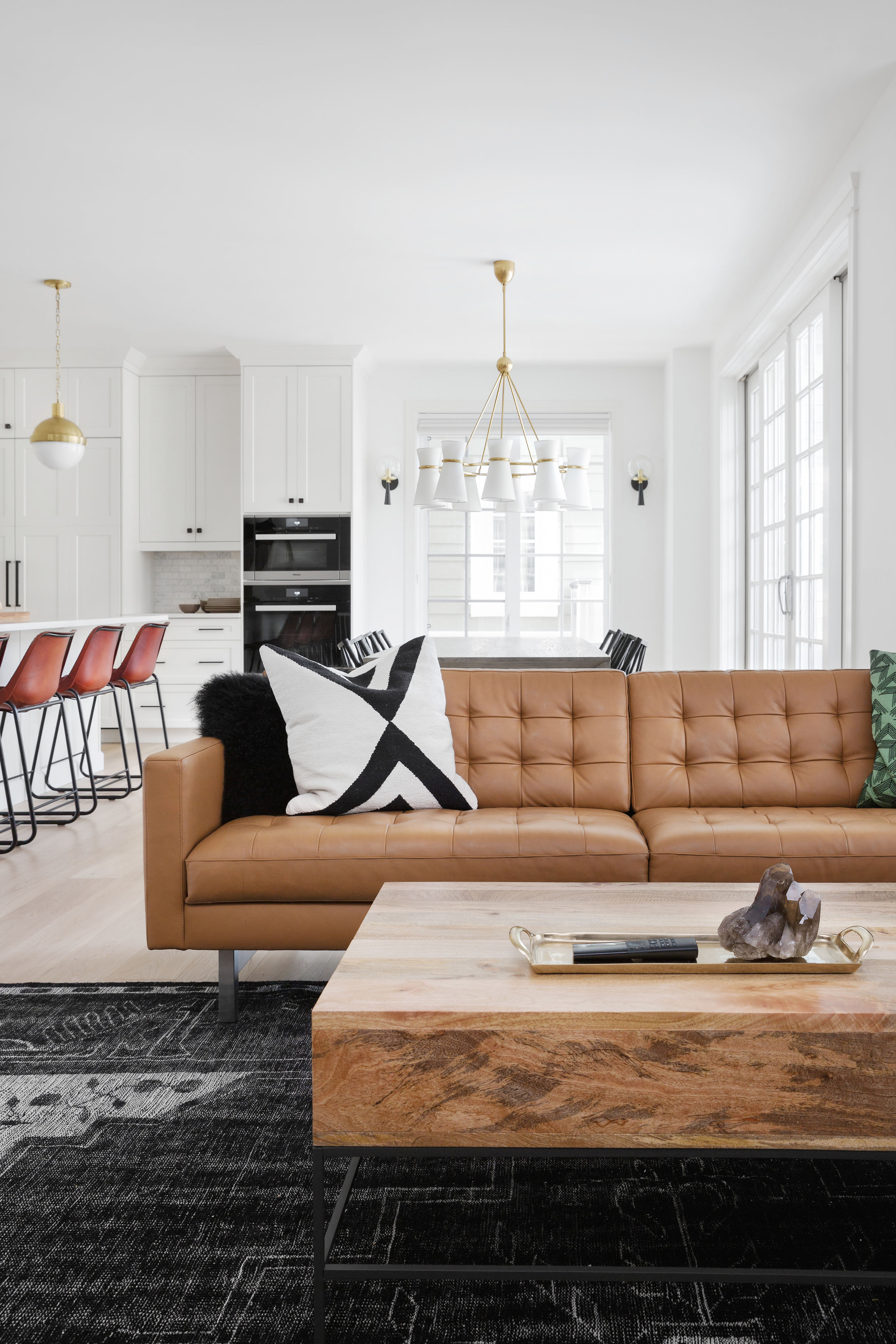
'Another way to design the living room is to look at the five elements: wood, fire, earth, metal, and water,' says Anjie. 'Balance these out in your room to welcome in all energies.'
That means that there are colors to embrace and colors to avoid in a living room, depending on how you enter the room. 'If you're entering the room from the south, then yours is a fire room and will benefit from colors such as green to energize, or red to neutralize the space,' says Gary. 'If you're entering from the north, then yours is an Earth room and, it will benefit from reds to energize or yellows and browns to neutralize the space.'
'If you're entering from the East, the room is a wood room and will benefit from blue if you want to energize the room or greens to be neutral. If entering from the west, it’s a metal room and will do best with whites or greys. For north-east, north-west, south-east, or south-west, choose colors ranging from red to energized or earthy colors to neutralize. All paints should be nontoxic, low VOC.'
6. Don't sit with your back against the door
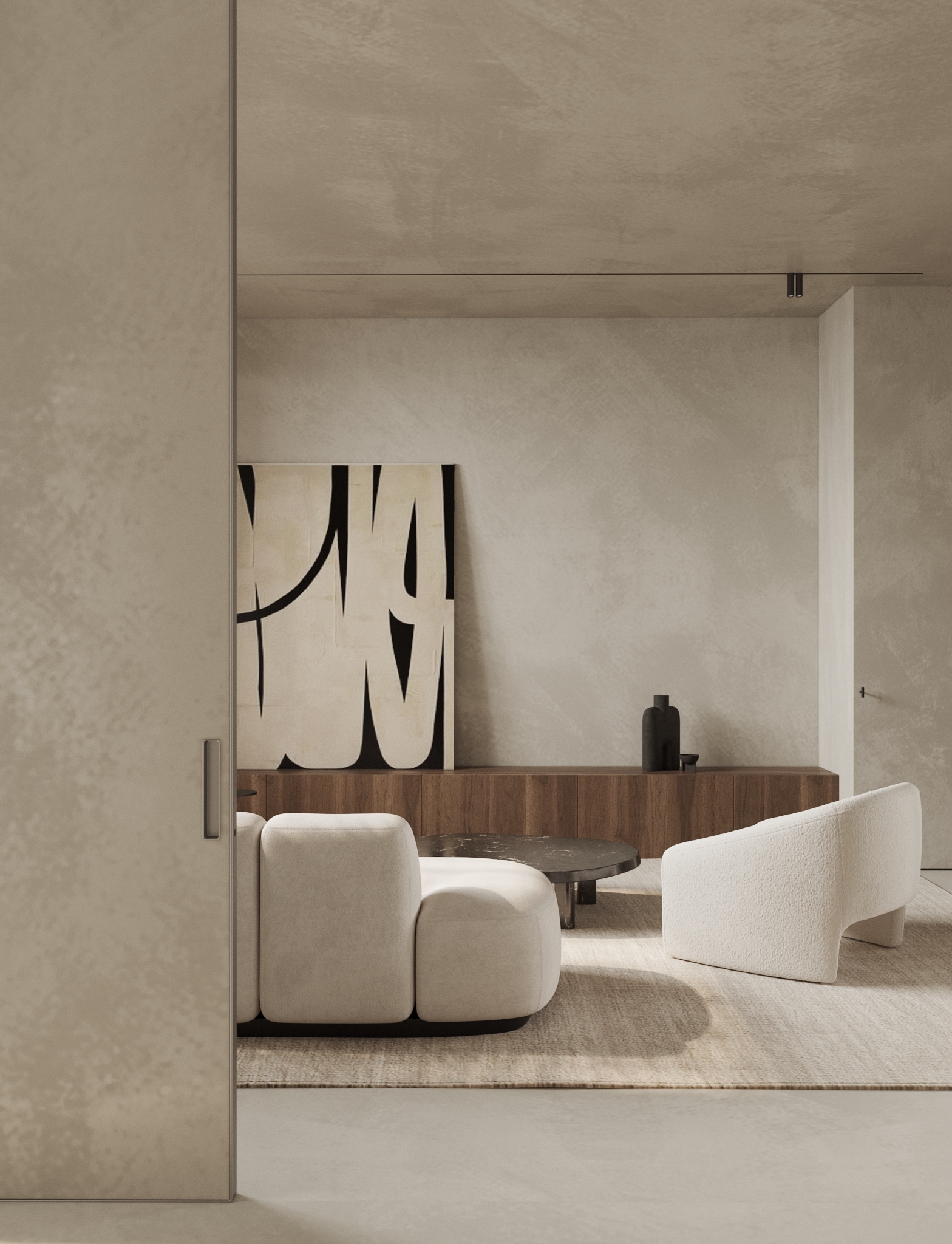
Sitting with the back against the door is forbidden in Feng Shui but it also has a psychological effect. It makes a person insecure, and puts them in a position of vulnerability, as they cannot see who is entering or leaving the room.
Also, the door is where the energy flows into the house, bringing in positivity and good luck. So, while arranging your living room furniture, remember to not have any of them with the back facing the door.
7. Balance the lighting
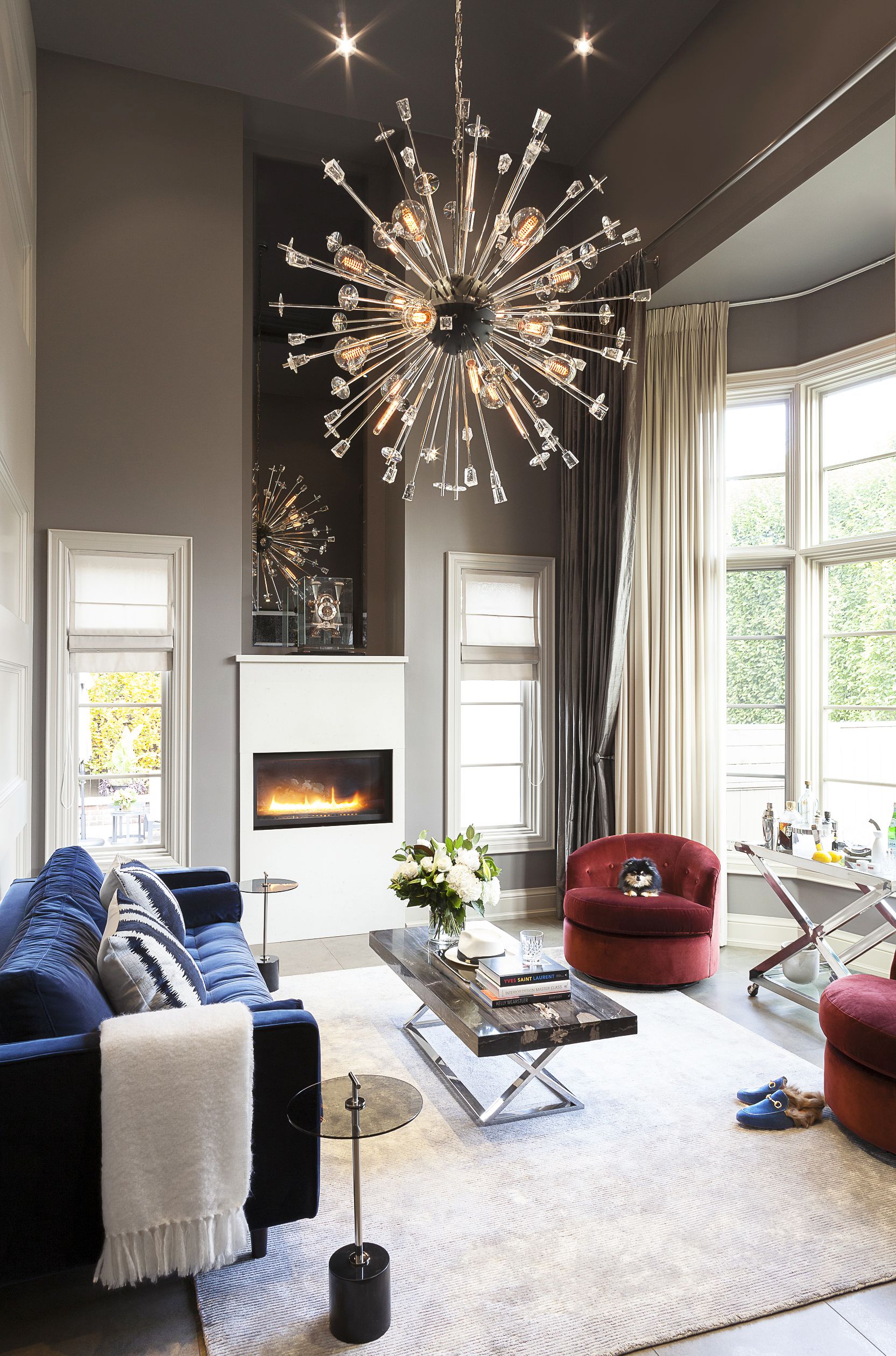
Light represents the fire element in Feng Shui and is one of the strongest manifestations of energy. It adds to the flow of positivity or Qi. As per this science, it also nourishes and heals us.
Balancing the lighting in a room is essential. You'd be surprised how much a poorly-lit room can put a damper on your mood. On the other hand, if a room is too bright, it can be disturbing. A layered lighting scheme with ambient, task, and accent lighting is ideal. A well-lit room is an important element of Feng Shui and should be taken into consideration when designing the house.
This modern fixture has light visuals and can add a decorative touch to the living room, or bedroom or can even work wonderfully as a kitchen countertop lighting. Its brushed nickel finish arms can add a glitter to spaces.
Which direction should my couch face in Feng Shui?
The east or south-facing direction is considered most auspicious as per Feng Shui. Sofa is the soul of a living room, and should be facing that direction, as all the positivity flows in from the east. The southeast direction is the best for placing your TV unit/cabinet.
A good Feng Shui mirror tip is to place the mirror facing the east as well, so all the positivity can be reflected into the house.
Be The First To Know
The Livingetc newsletters are your inside source for what’s shaping interiors now - and what’s next. Discover trend forecasts, smart style ideas, and curated shopping inspiration that brings design to life. Subscribe today and stay ahead of the curve.

Aditi Sharma Maheshwari started her career at The Address (The Times of India), a tabloid on interiors and art. She wrote profiles of Indian artists, designers, and architects, and covered inspiring houses and commercial properties. After four years, she moved to ELLE DECOR as a senior features writer, where she contributed to the magazine and website, and also worked alongside the events team on India Design ID — the brand’s 10-day, annual design show. She wrote across topics: from designer interviews, and house tours, to new product launches, shopping pages, and reviews. After three years, she was hired as the senior editor at Houzz. The website content focused on practical advice on decorating the home and making design feel more approachable. She created fresh series on budget buys, design hacks, and DIYs, all backed with expert advice. Equipped with sizable knowledge of the industry and with a good network, she moved to Architectural Digest (Conde Nast) as the digital editor. The publication's focus was on high-end design, and her content highlighted A-listers, starchitects, and high-concept products, all customized for an audience that loves and invests in luxury. After a two-year stint, she moved to the UK and was hired at Livingetc as a design editor. She now freelances for a variety of interiors publications.
-
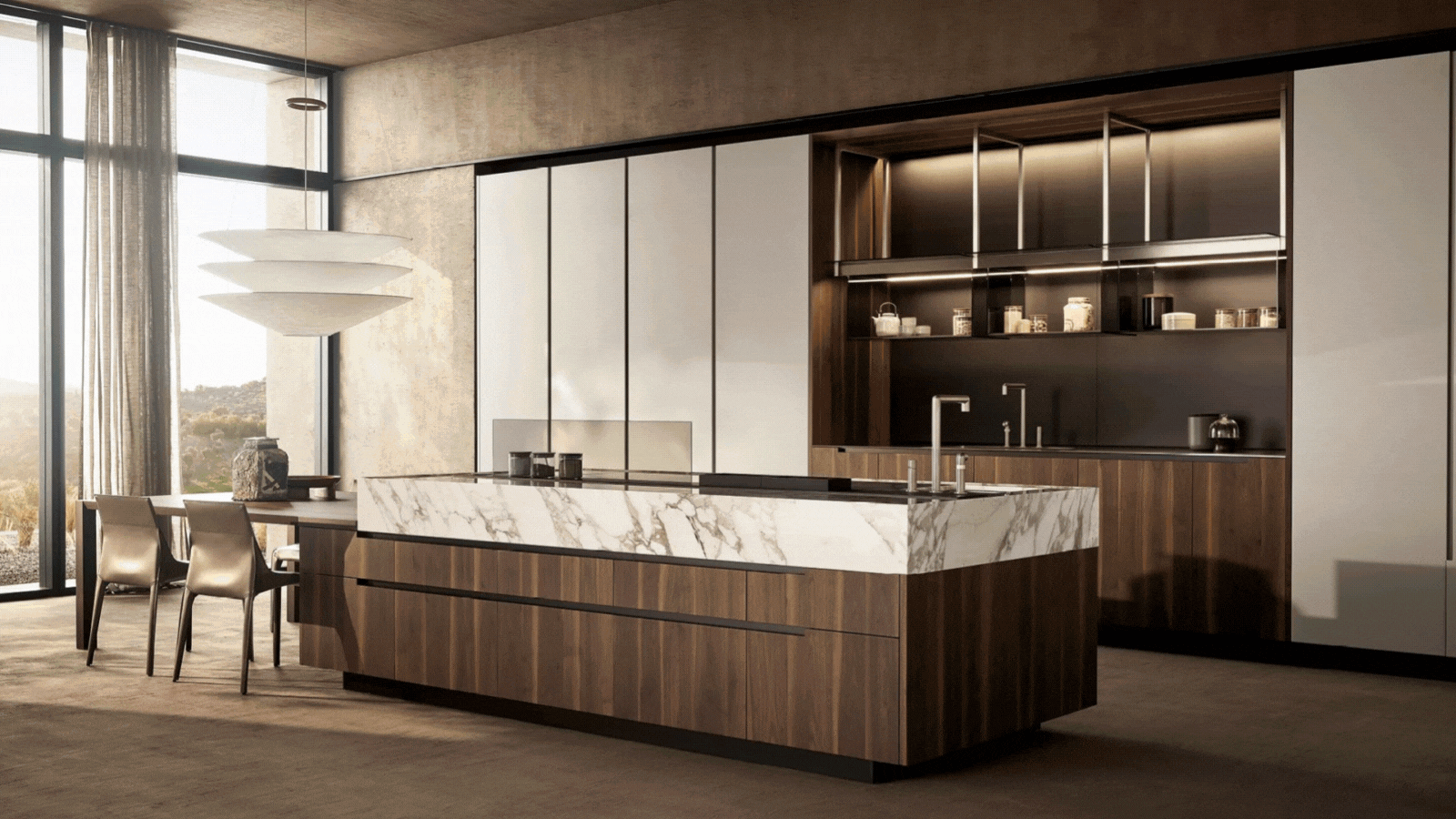 Italian Kitchen Trends — 5 Emerging Ideas From the Chicest Italian Designers That I Predict Will Go Global in 2025
Italian Kitchen Trends — 5 Emerging Ideas From the Chicest Italian Designers That I Predict Will Go Global in 2025Fresh from Milan Design Week, these are the exciting finishes, styles, and innovative materials I can't wait to see in more kitchens this year
By Faiza Saqib Published
-
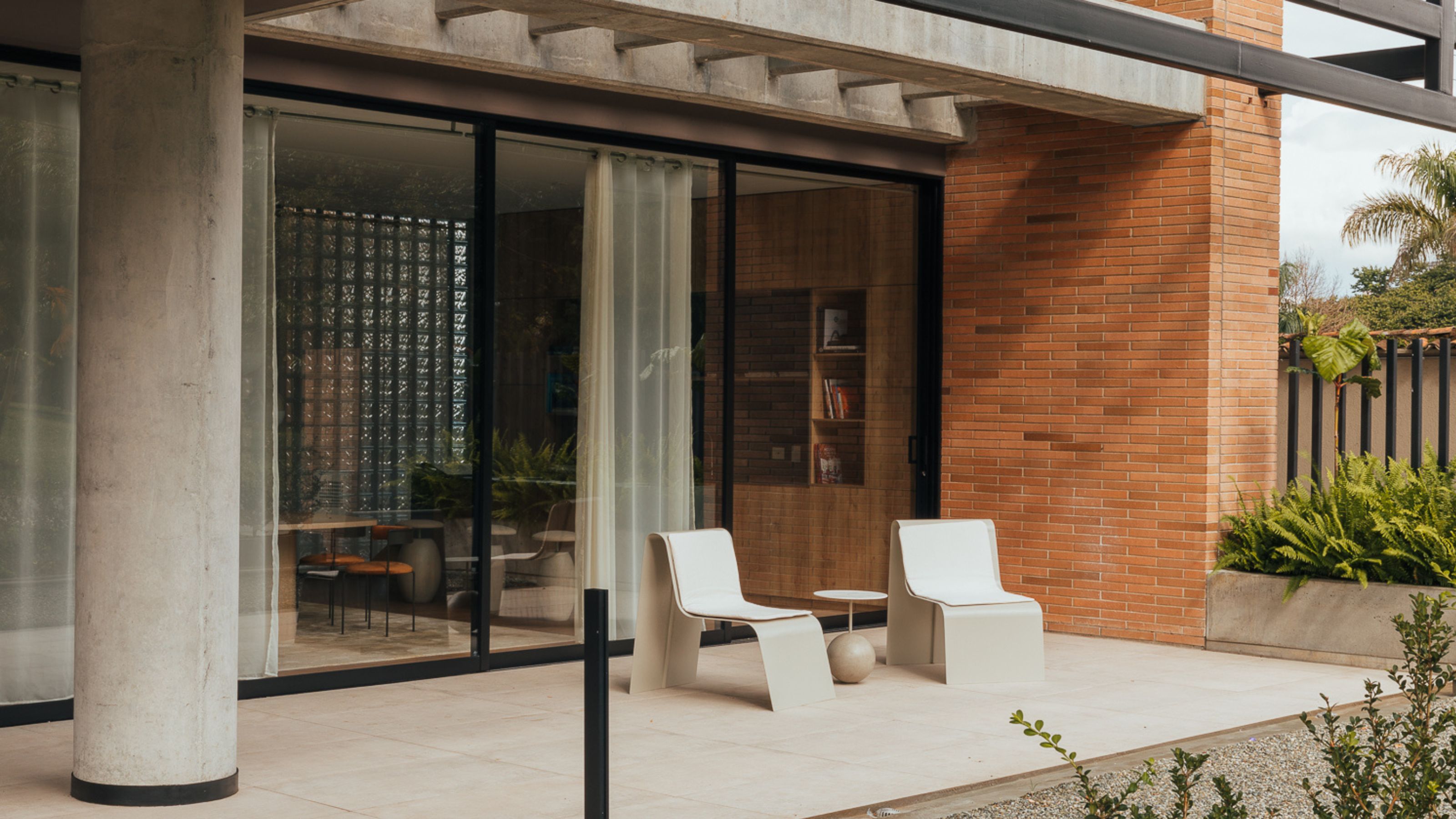 Small Patio Ideas — 8 Clever Ways to Style Up Even the Tiniest of Outdoor Spaces
Small Patio Ideas — 8 Clever Ways to Style Up Even the Tiniest of Outdoor SpacesIf you're dreaming of turning your small patio into a dream space the right combination of practical and creative ideas will help you max up its potential
By Sarah Wilson Published

